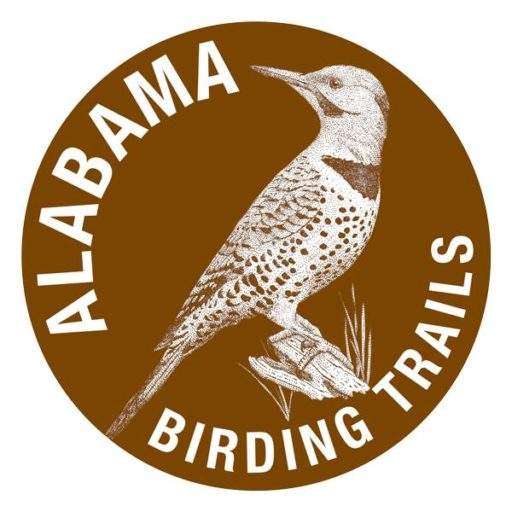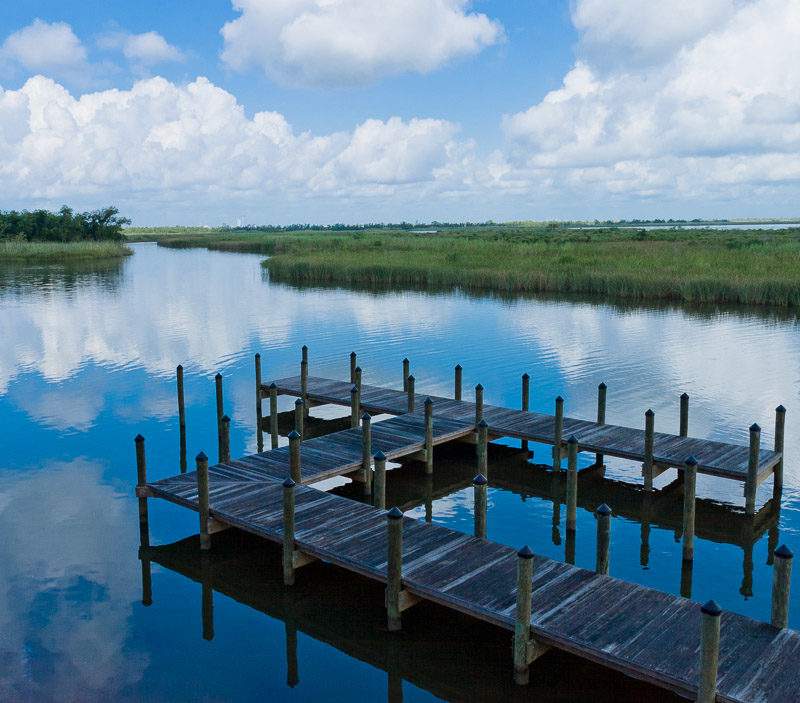
5 Rivers Delta Resource Center
5 Rivers sits on the banks of one of the canals that traverse the Mobile-Tensaw delta. The decks of the Delta Hall and the perimeter trail around the …
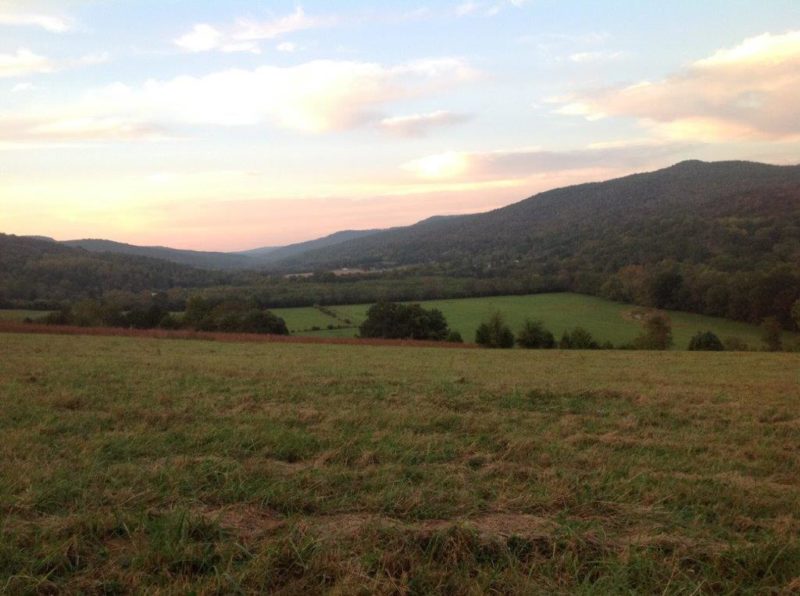
ACES-Graham Farm & Nature Center
Fantastic birding opportunities abound at the 491 acre Nature Center. Sightings of Cerulean Warblers, American Redstarts, and Worm-eating Warblers hav …
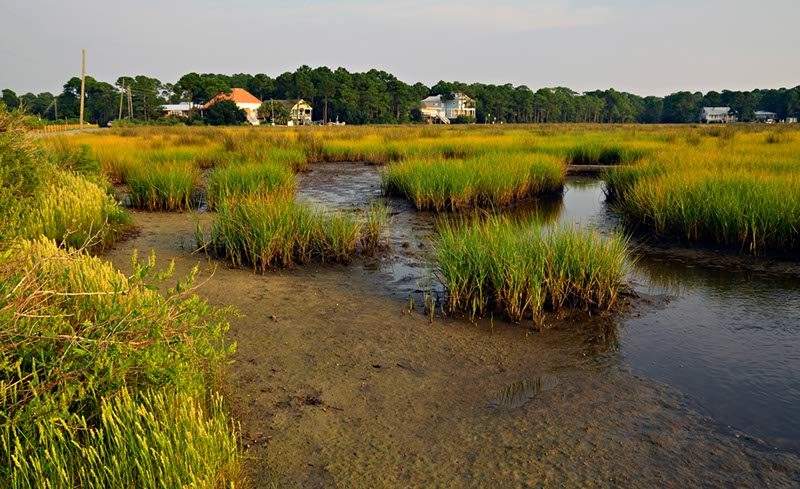
Airport, Dauphin Island
Dauphin Island Airport is set in a salt water marsh in which may be found Clapper Rail (common), Virginia Rail and Sora are fairly common(fall and win …
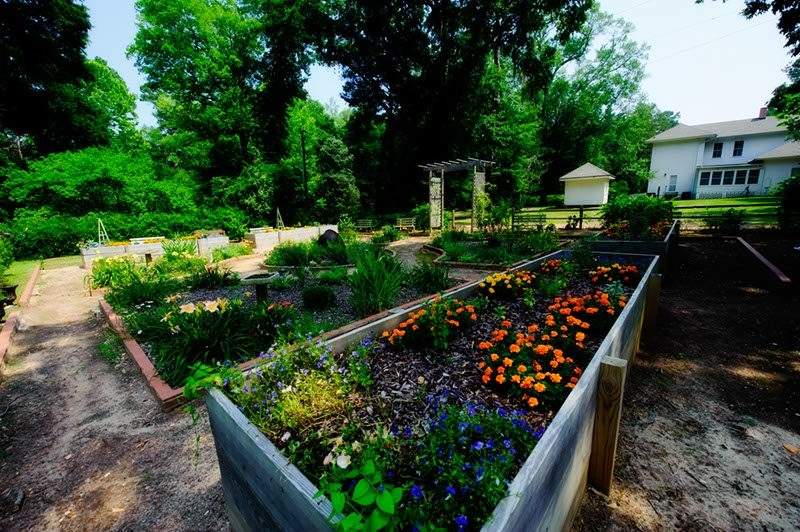
Alabama Nature Center – Lanark
The Alabama Nature Center in Lanark offers 350 acres of forests, fields, streams, wetlands and ponds that are traversed by five miles of boardwalks an …
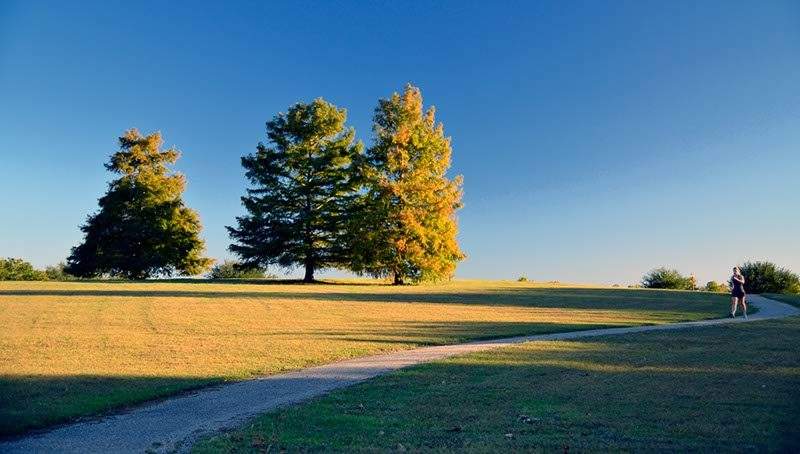
Alabama Shakespeare Festival
The Alabama Shakespeare Festival and the Carolyn Blount Museum of Fine Art are the two main entities that occupy the 250-acre Blount Cultural Park. Bo …
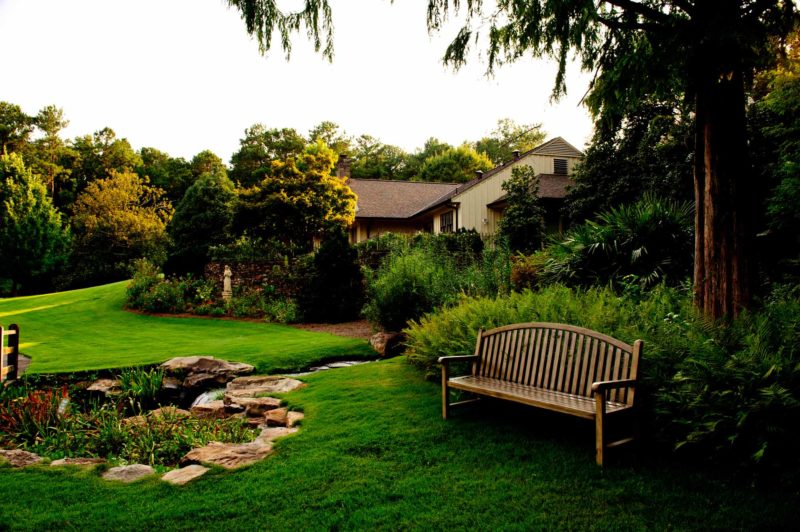
Aldridge Gardens
Aldridge Gardens is a 30-acre former private home, 5 acre lake, gardens, and grounds now owned by the city of Hoover that has been converted to use a …

Alexander City Sportplex & Hiking Trails
The Alexander City Sportsplex is an island of green minutes from US-280. Varied habitats promise a worthwhile birding destination. Trees here are home …
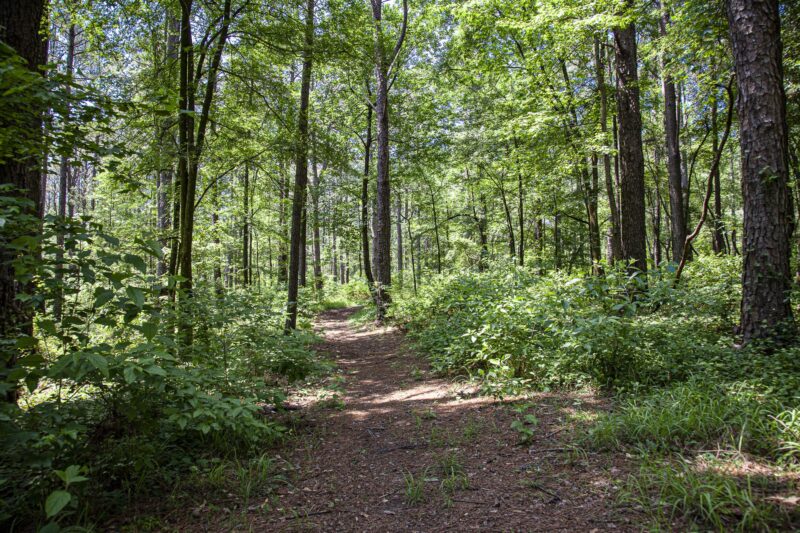
Alligator Creek Nature Trail
Alligator Creek Nature Trail, in 27-acre Alligator Creek Park, traverses a large forested area of mixed hardwood and pine with substantial understory. …
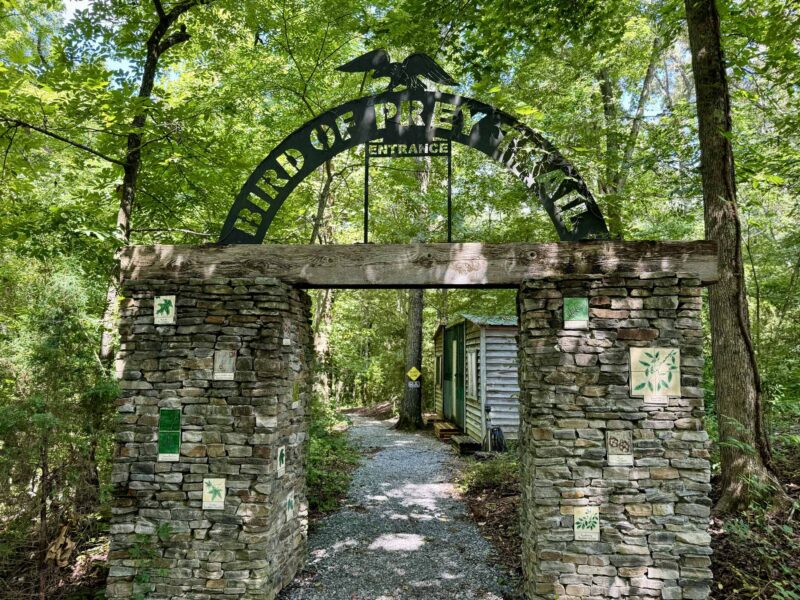
Anniston Museum of Natural History
The Anniston Museum occupies landscaped grounds surrounded by a mature pine-oak hilltop forest. The woodland component coupled with the elevation make …
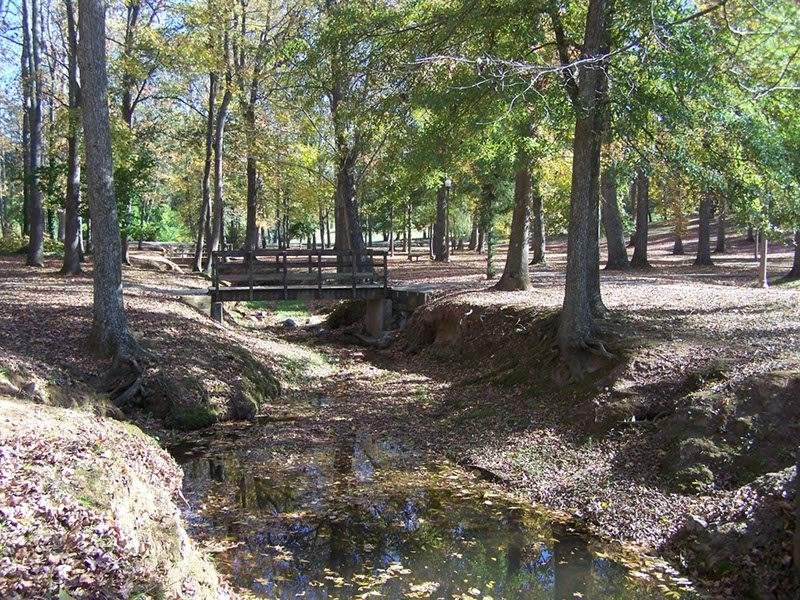
Ashland City Park
Ashland City Park preserves 27 acres of mixed hardwoods and pines along a tributary of Horsetrough Creek, with a well-maintained walking path as well …
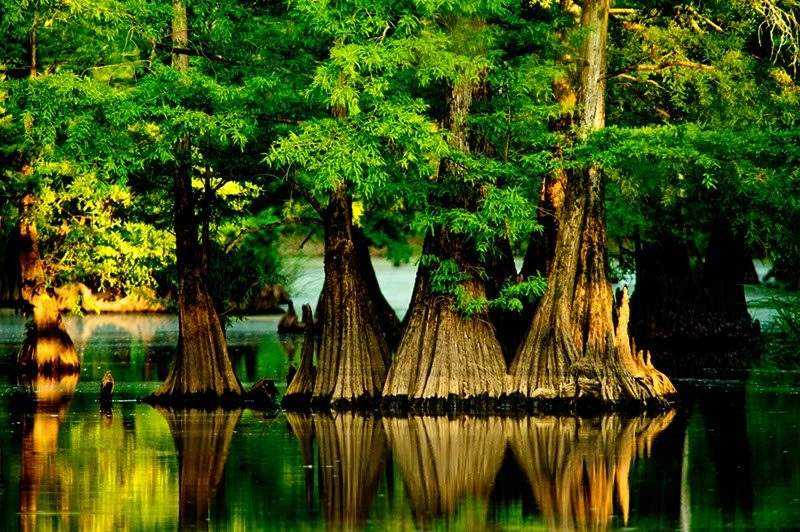
Backbone Boat Ramp
Backbone Boat Launch sits the banks of a creek which flows into Lake Demopolis and across from a flooded cypress slough. This small site may be easily …

Bankhead National Forest – Central Firetower
Habitats in the national forest range from old fields to mature pine and hardwood forests. The area is renowned for its breeding Cerulean Warblers, wh …
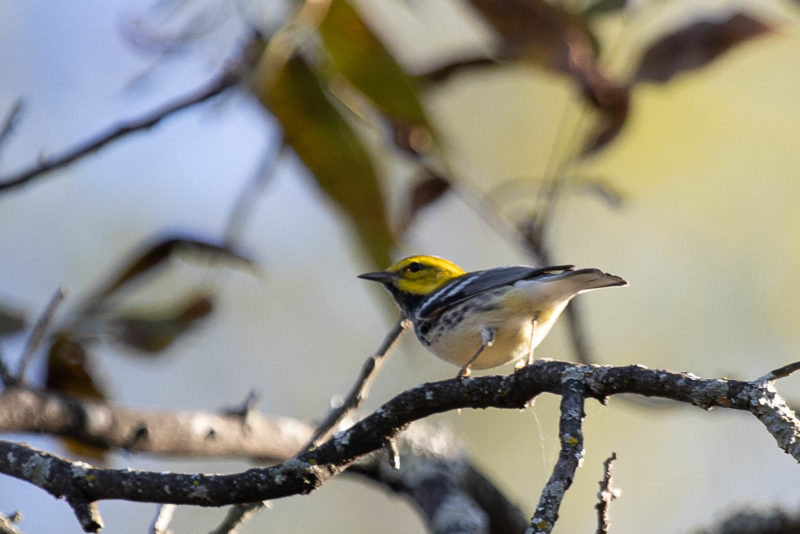
Bankhead National Forest – Sipsey Wilderness Trailhead
Bankhead National Forest’s Sipsey Wilderness Trail (Site #15, Northwest Loop) takes the birder a step back in time with its tinkling waterfalls and m …
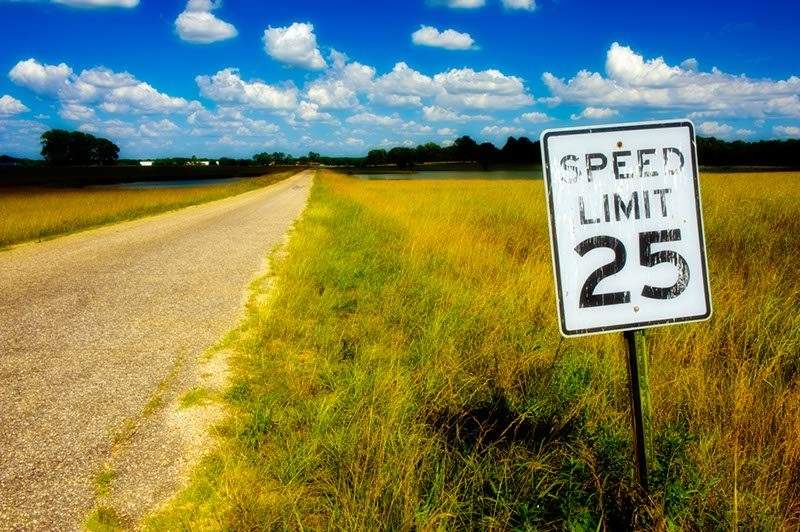
Barnett Lawley Forever Wild Field Trial Area
Exceptional grassland birding awaits at the State Cattle Ranch. Standout birds include Dickcissels, Loggerhead Shrikes, American Kestrels, Grasshopper …
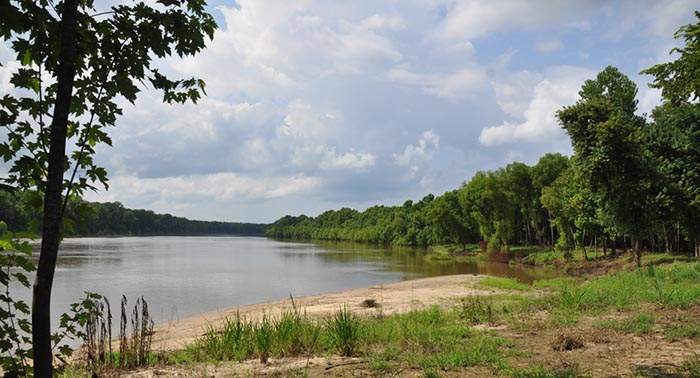
Bashi Creek Public Use Area
Bashi Creek Public Use Area provides the birder with access to the floodplain forests along Bashi Creek. Canoeing/kayaking east up Bashi Creek in the …

Battleship Park
Battleship Park presents the birder with a diversity of habitat to explore and a great variety of birds to observe. Pinto Pass and the mudflats of Mob …
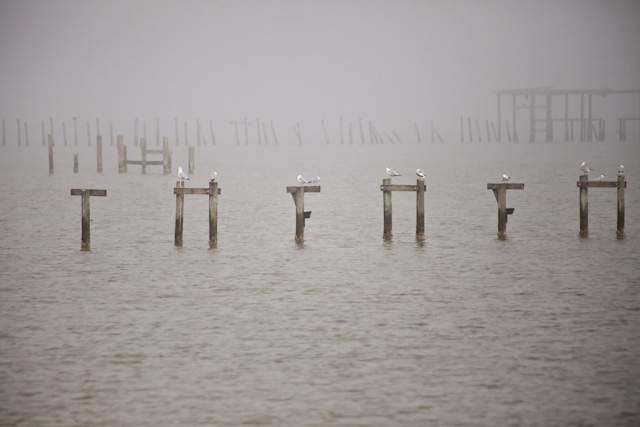
Bayfront Park
Look for gulls and terns on the pilings in the bay and shorebirds along the shoreline. From the shoreline, walk the boardwalk to an inland marsh. Look …
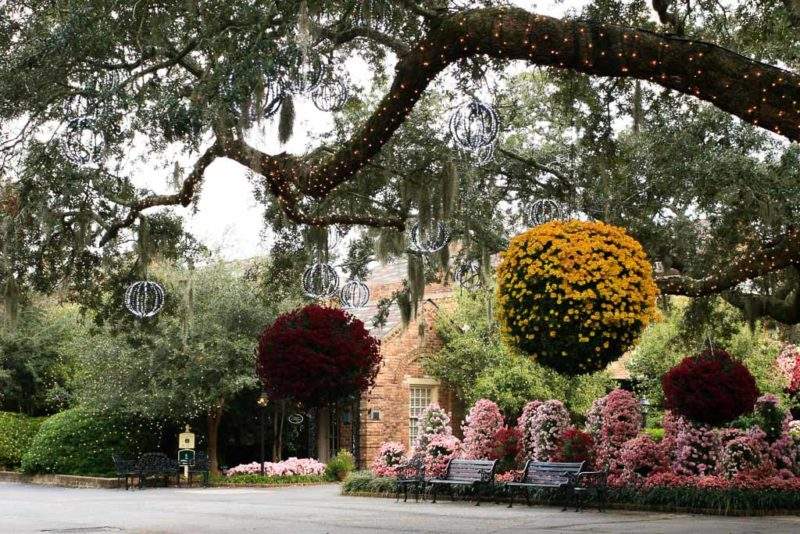
Bellingrath Gardens
The entire 900-acre complex is a bird sanctuary and there is an observation tower overlooking the Fowl River and salt marsh. Although good year-round, …
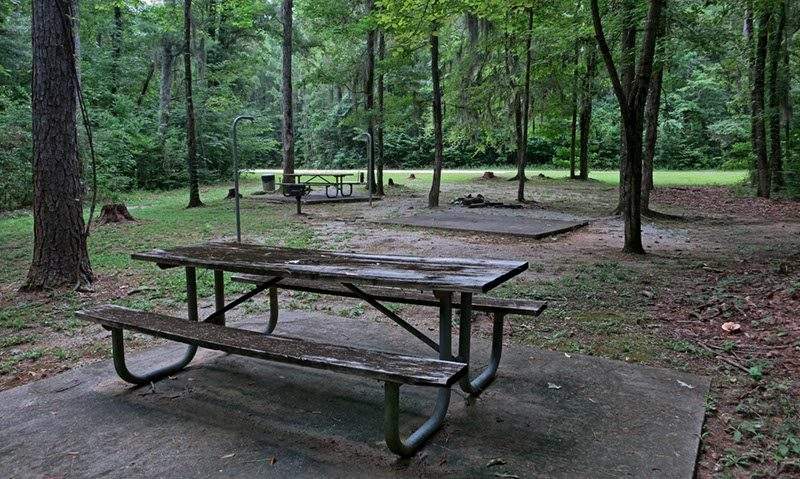
Bells Landing Park
Bells Landing Park’s 320 acres contain a variety of habitats, ranging from pine forest atop the uplands at the entrance to river bottom hardwoods alon …
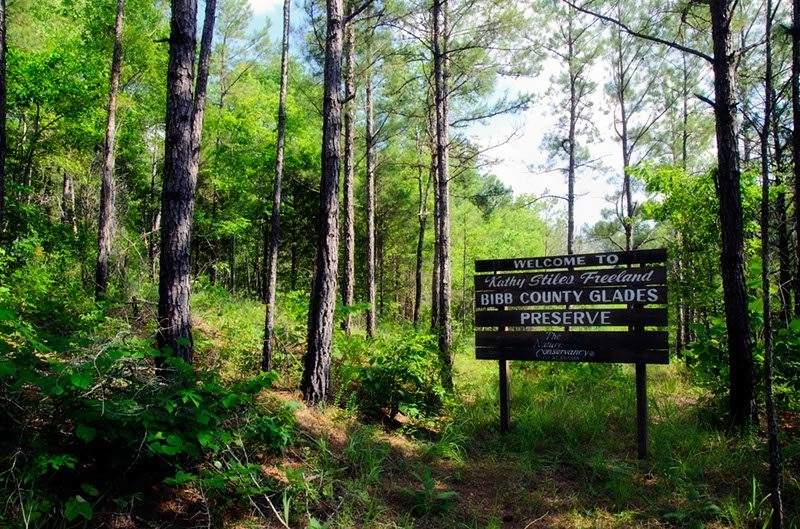
Bibb County Glades Preserve
Though known for the rare and unusual wildflowers found on the 480-acre preserve, the Bibb Glades are also good for woodland songbirds. The open, rock …

Birmingham Botanical Gardens
One of the best and most-visited sites for songbirds in the Birmingham area, particularly in spring and fall migration. The Birmingham Botanical Garde …
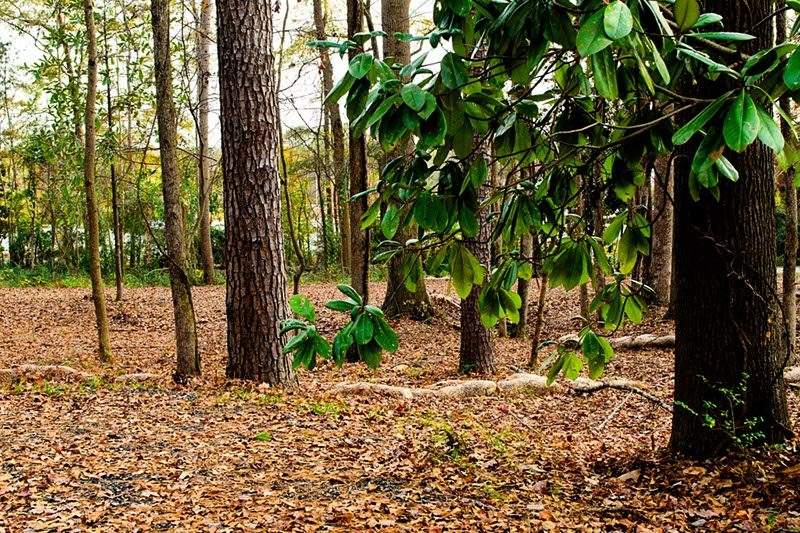
Birmingham Zoo
Located within the 200 wooded acres of Lane Park, the Birmingham Zoo is one of Alabama’s most-visited tourist locations, as well as being a surprising …
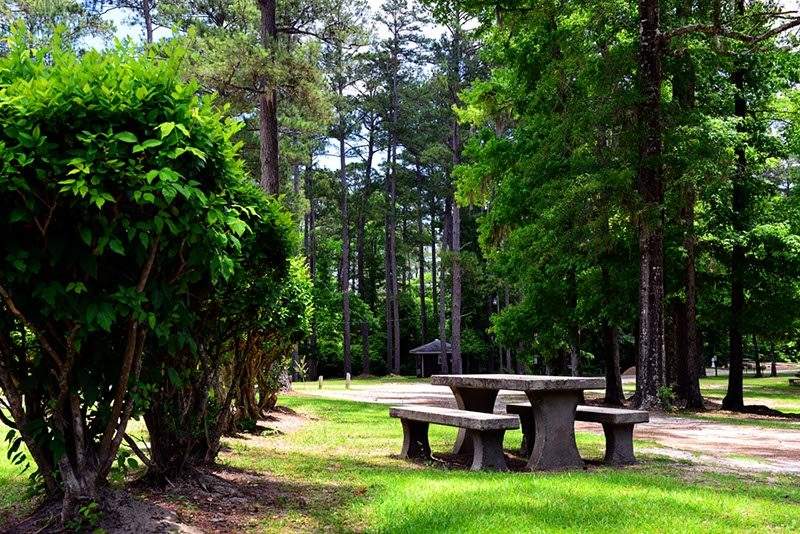
Bladon Springs State Park
Bladon Springs State Park’s well maintained 357 acres are accessed by a single main road, which leads to picnic pavilions, 10 camper hookups, and 4 mi …
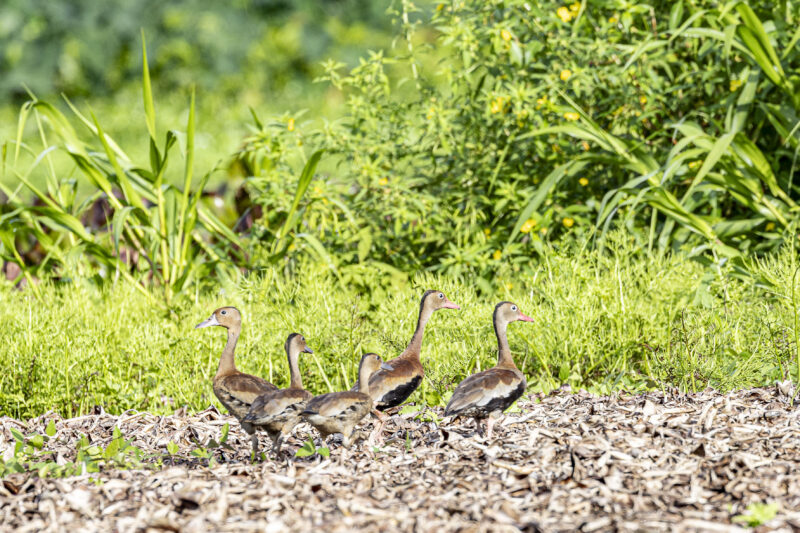
Blakeley Island – Mud Lakes
Depending on water levels and time of year, the first pond on the right (south) often offers the best conditions for viewing waterfowl like Black-bell …
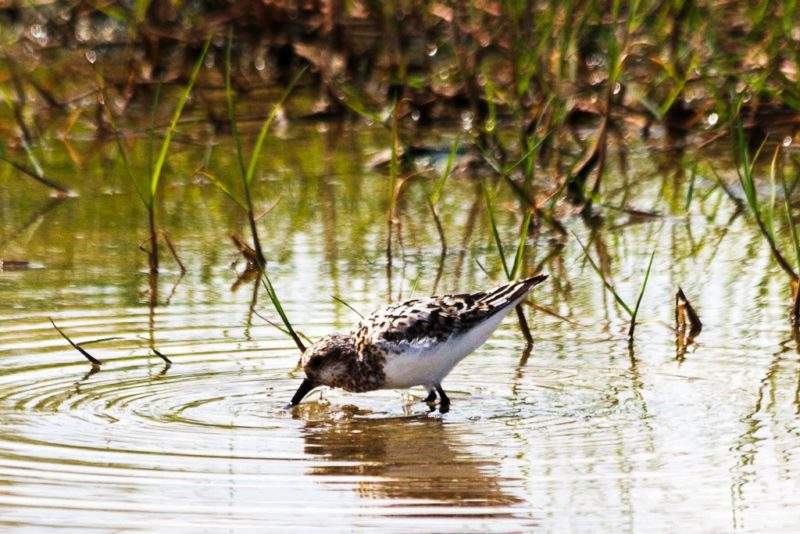
Blakeley Island – North Blakeley Disposal Area
The Mud Lakes on Blakeley Island are well known to Alabama birders as one of the best spots in South Alabama for shorebirds and waterfowl. The Island, …
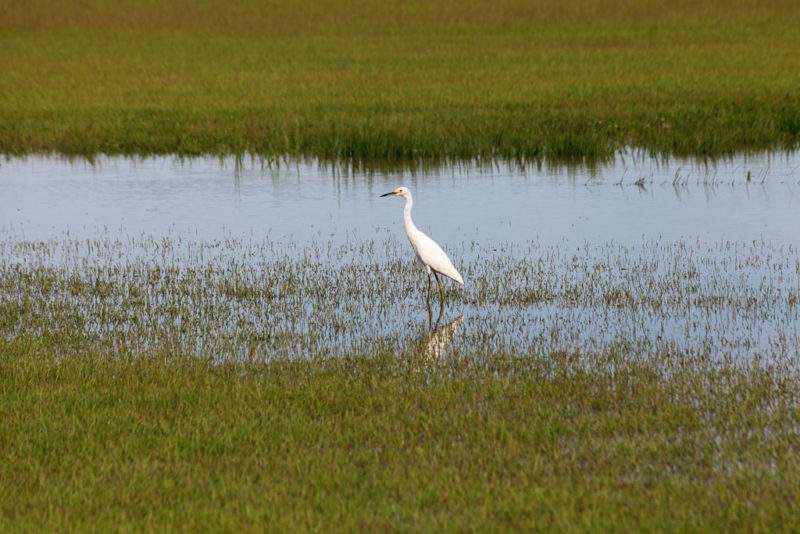
Blakeley Island – South Blakeley Disposal Area
At the top of the dike, scan the large ponds in various stages of management; you must stay on the perimeter dikes. Best areas usually are in the nort …
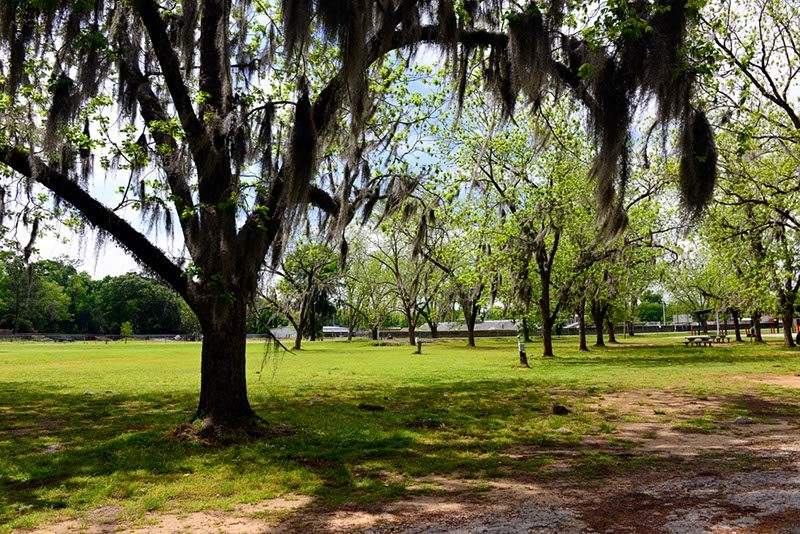
Bloch Park
Bloch Park and the adjacent Valley Creek Park occupy a most attractive tract of land between AL-22 in downtown Selma and the banks of the Alabama Rive …
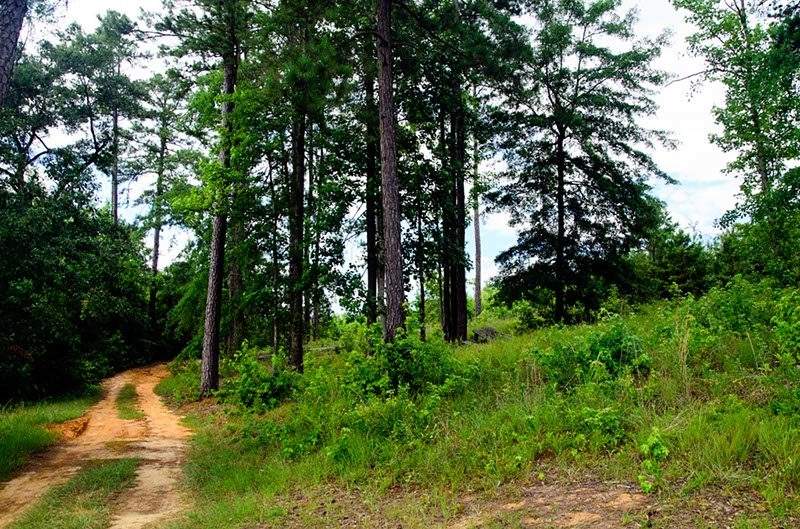
Blue Springs State Park
Blue Springs State Park is a quiet, 103-acre park featuring a clear blue underground-fed spring. The natural spring has a sandy bottom, pumps 3,600 US …
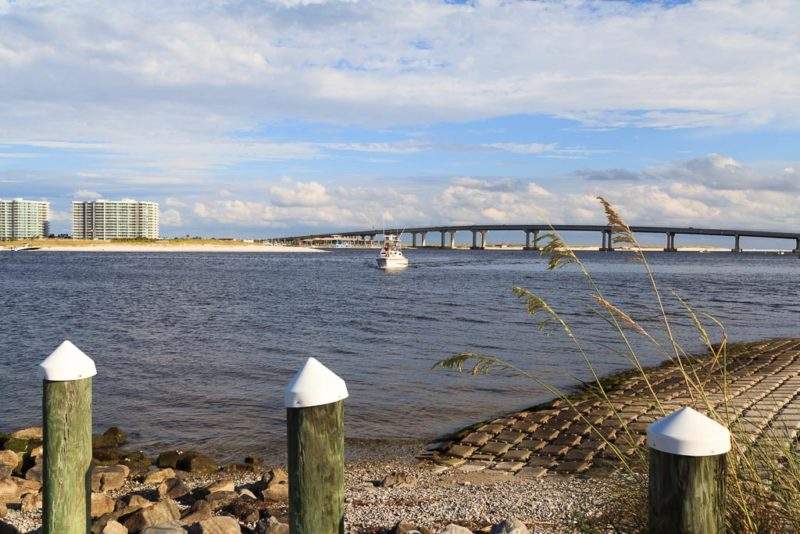
Boggy Point
Boggy Point Boat Launch, an Alabama Department of Conservation and Natural Resources facility, offers a small beach with an excellent view of Robinson …
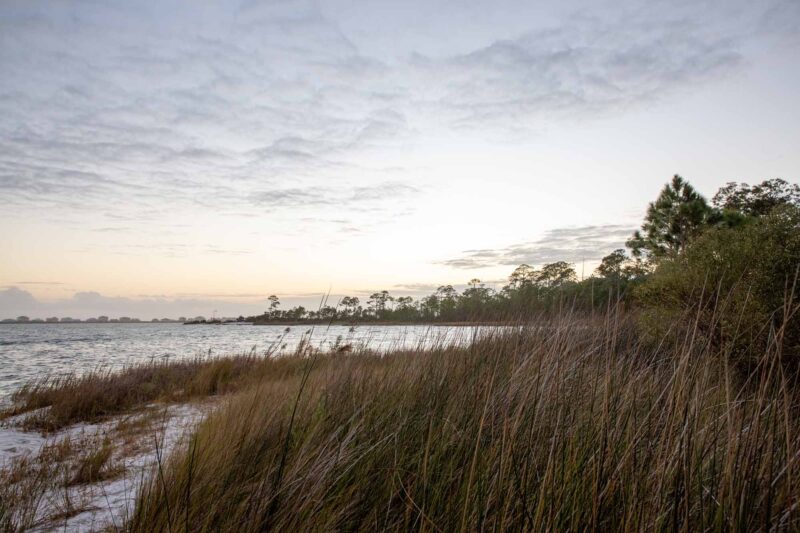
Bon Secour National Wildlife Refuge – Jeff Friend Trail
The Jeff Friend Trail is a one-mile loop to Little Lagoon. Habitats include maritime forest, freshwater marsh and open water along the north shore of …
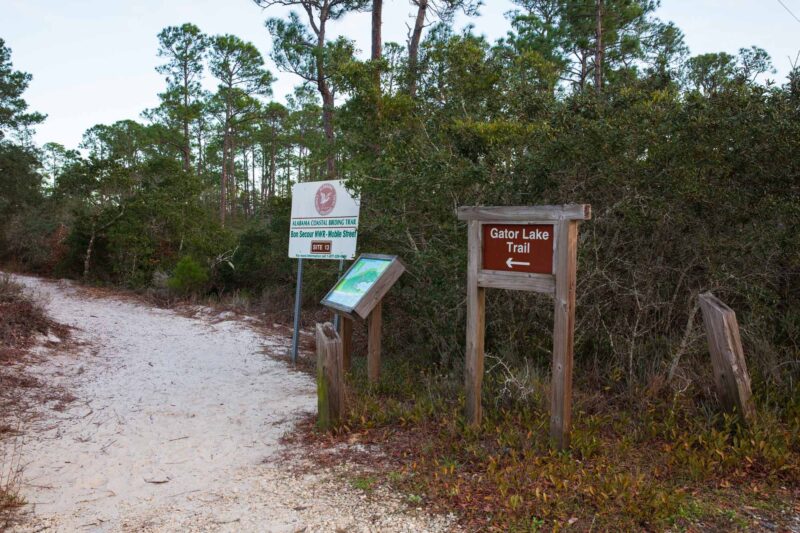
Bon Secour NWR – Mobile Street
Mobile Street is a paved road leading to the beach, with a parking area for the one-mile (each way) Gator Lake Trail, which connects Mobile Street wit …
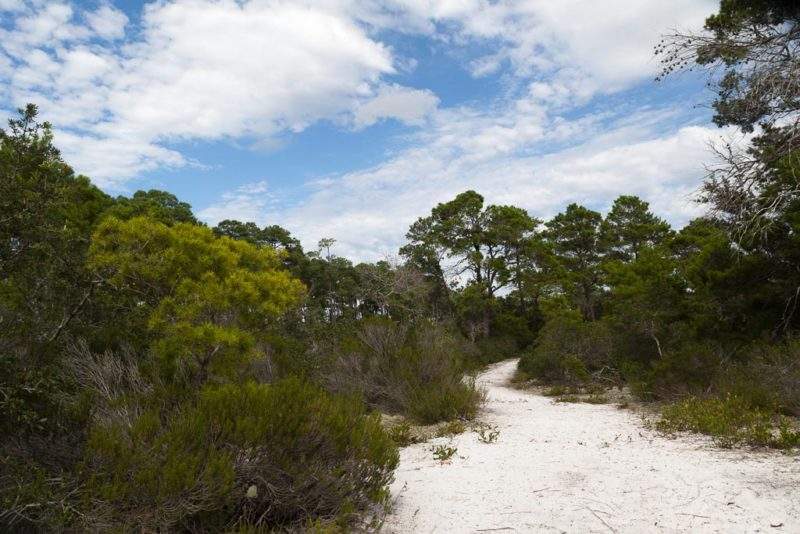
Bon Secour NWR – Pine Beach Trail
At the Pine Beach trailhead stands an interpretive kiosk with trail maps and bird lists. This is a two-mile trail (each way) southeastward to the beac …
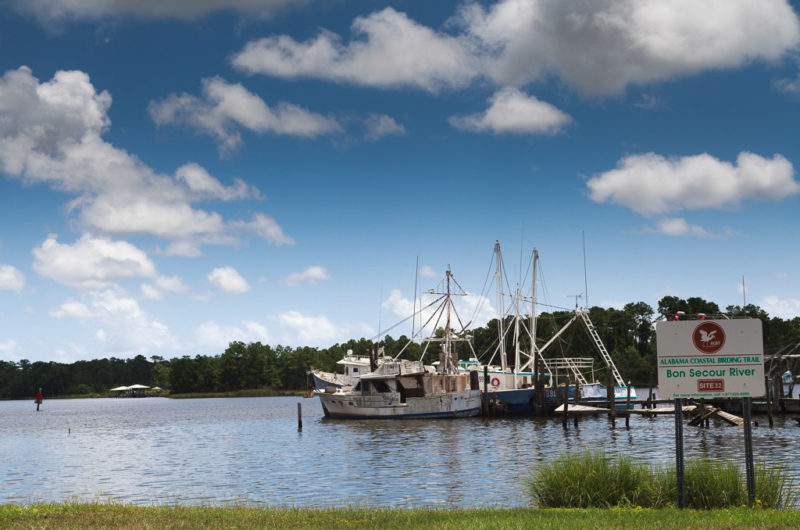
Bon Secour River
Bon Secour Bay is found on the eastern edge of Mobile Bay and provides a protected area for wintering waterfowl and seabirds. Scan the bay and the sma …
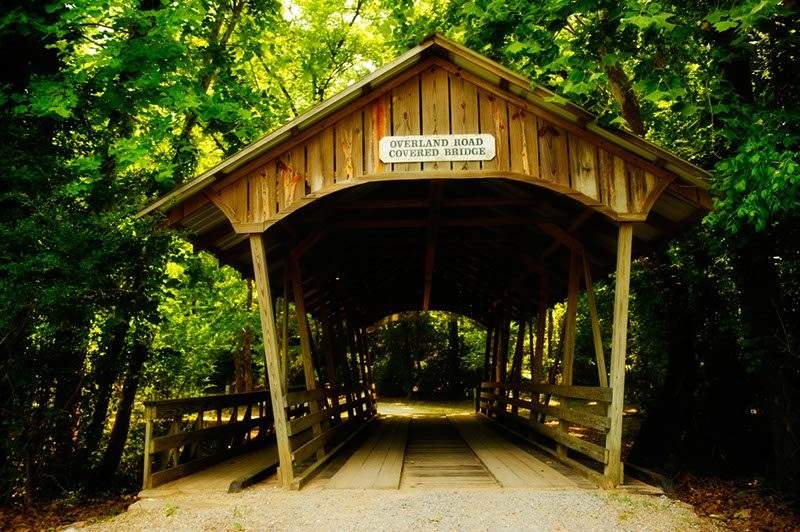
Brierfield Ironworks Historical State Park
Brierfield is an attractive, open, well-maintained park with restrooms, staff, a country store, picnic pavilions, rental cabins, and RV spaces. It fea …
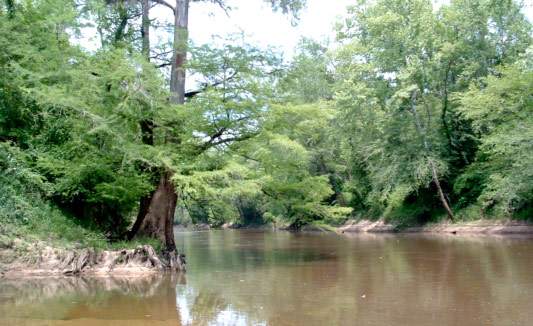
Brooklyn access and southern terminus of the Sepulga River Canoe Trail
The Brooklyn access is the southernmost take-out for the Sepulga River Canoe Trail and the take-out for paddles from the Iron Bridge, PWBT Site 17.
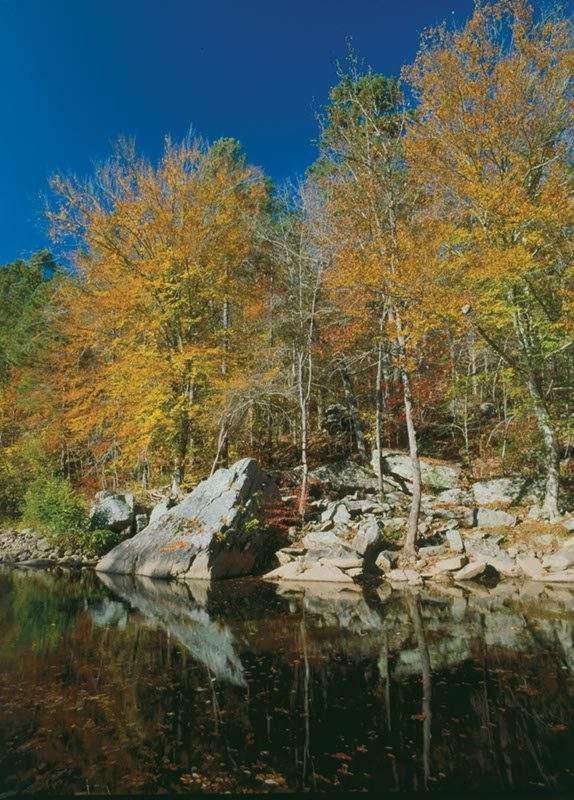
Buck’s Pocket State Park, Morgan’s Cove, and South Sauty Creek
Buck’s Pocket State Park’s wooded pocket canyon is complete with singing Red-eyed Vireos, Wood Thrushes, and Scarlet Tanagers. The park is also host t …
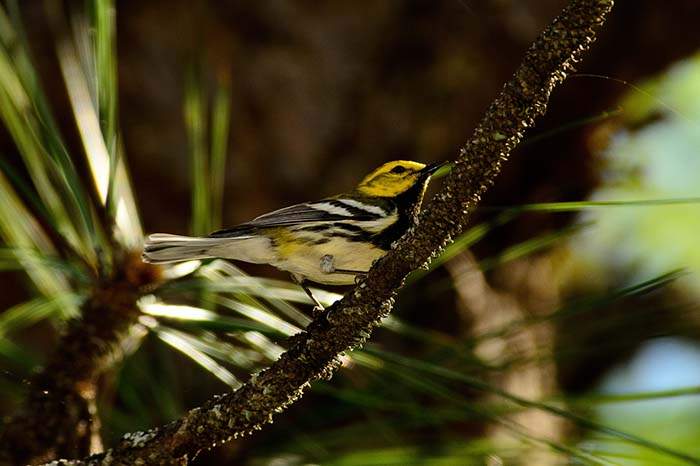
Bull’s Gap – Pinhoti Trailhead, Talladega National Forest
Bull’s Gap is a ridgetop trailhead on the Pinhoti Trail in the Talladega National Forest. This makes it an excellent site for migrants in spring and f …
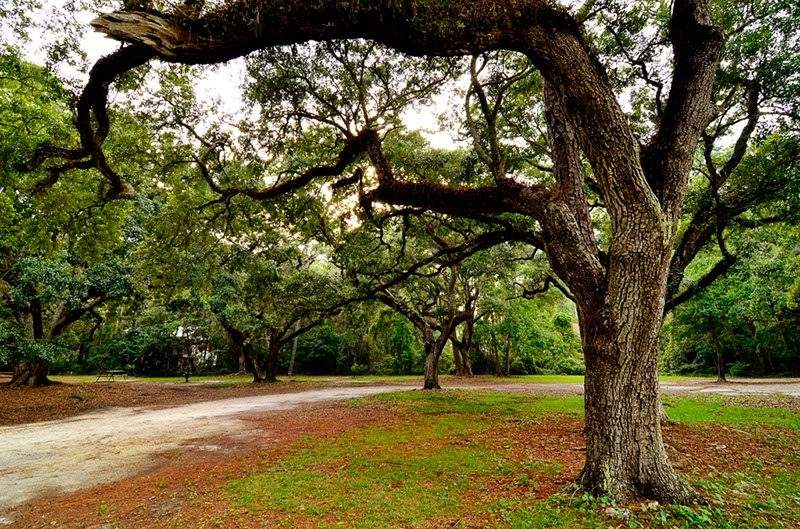
Cadillac Square
Cadillac Square and its complement of old Live Oaks, is a star attraction on Dauphin Island. Migrant warblers and other songbirds may be observed up c …
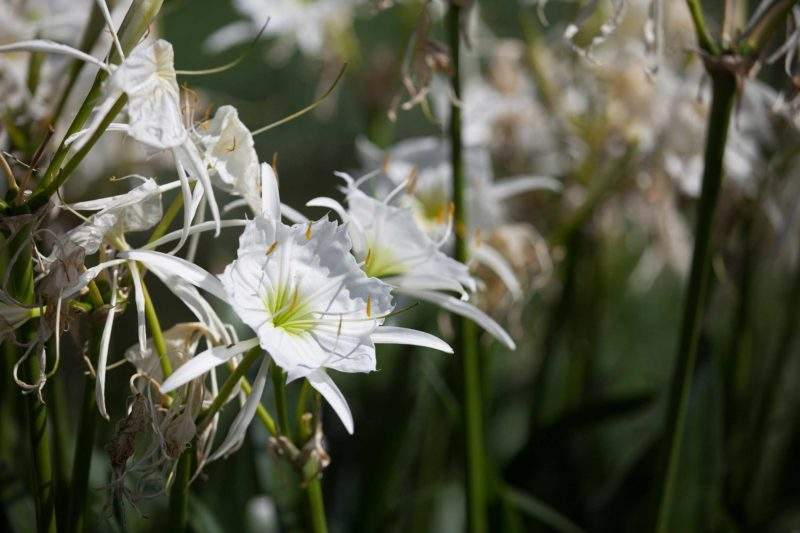
Cahaba River National Wildlife Refuge
Famed for the free-flowing Cahaba River and for the rare wildflowers found here, the Cahaba River NWR is an extraordinarily good birding destination. …
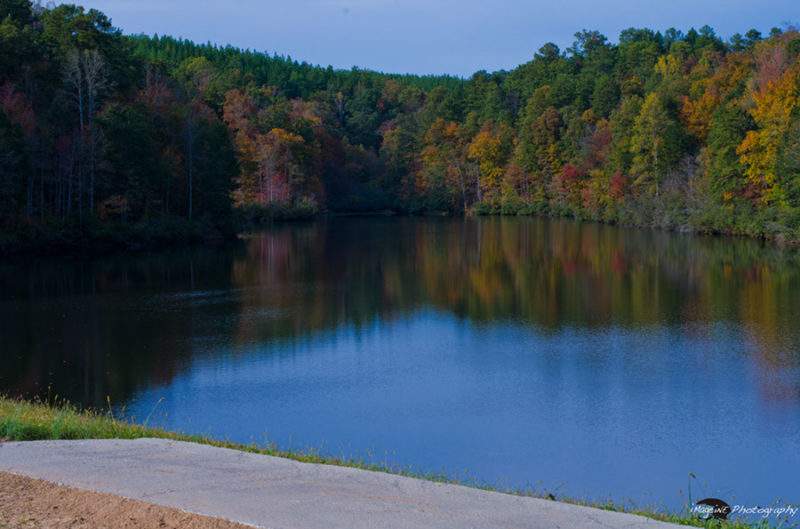
Cahulga Creek Park and Watershed
This 176 acre park features a large watershed lake bordering Talladega National Forest. Red-bellied Woodpeckers and Kingfishers are among the year-rou …
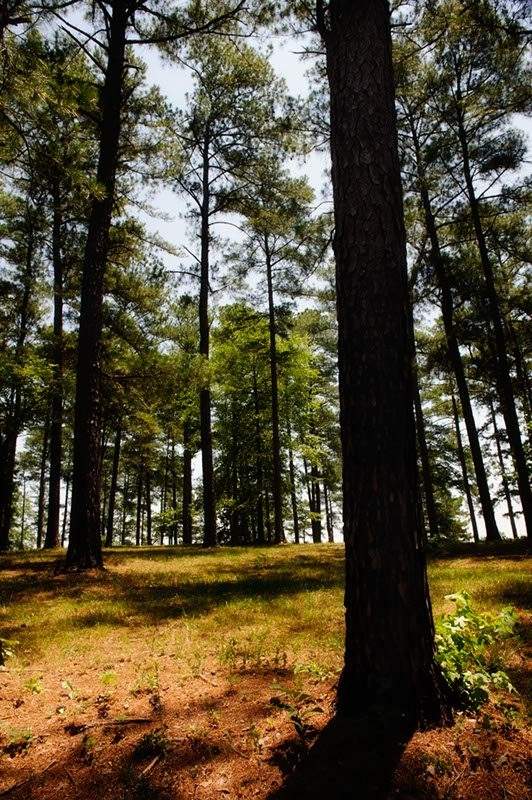
Central Alabama Community College
Central Alabama Community College offers access to an open lake, scattered stands of mature hardwoods and pines, and a forested area as well as open, …

Chambers County Public Fishing Lake
This location is temporarily closed as of January 2022. Please check with the Outdoor Alabama website to confirm it has reopened before planning a vis …
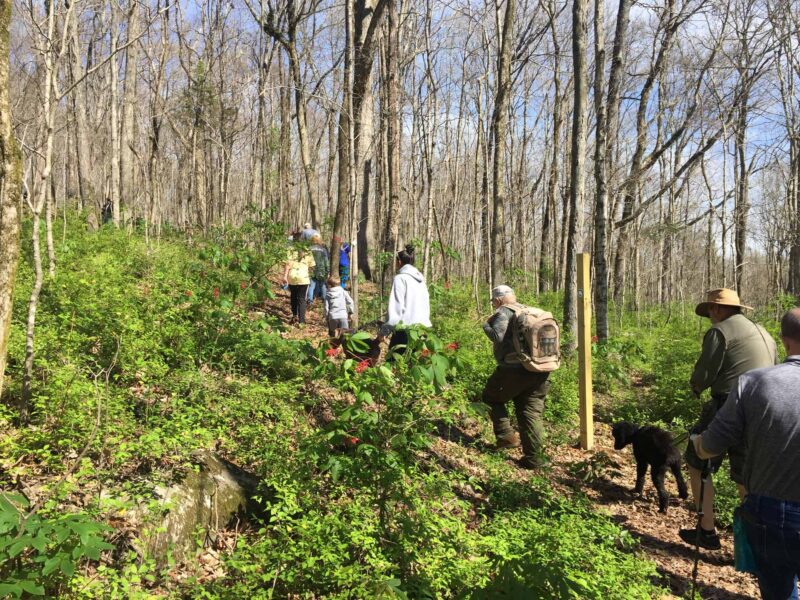
Chapman Mountain Nature Preserve
Chapman Mountain Nature Preserve is a 551-acre property located just to the east of Huntsville. The preserve, owned and managed by local nonprofit Lan …
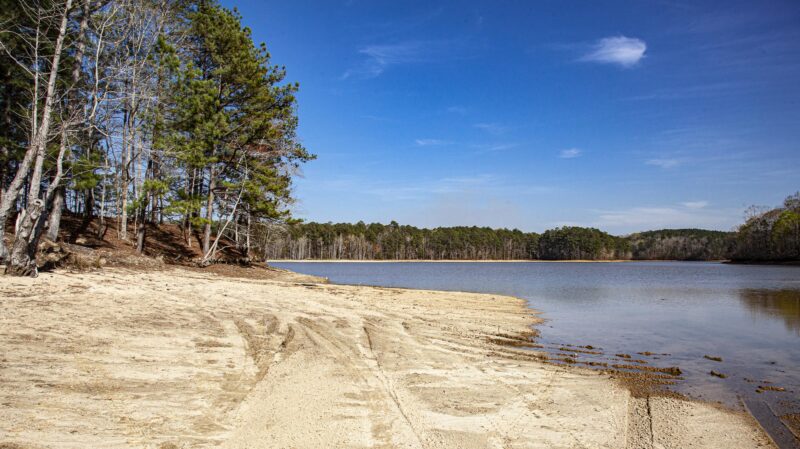
Chapman’s Creek
Chapmans Creek is a quiet, remote public use area on scenic Lake Martin offering primitive camping, a picnic area, and a boat ramp. This is a serene …
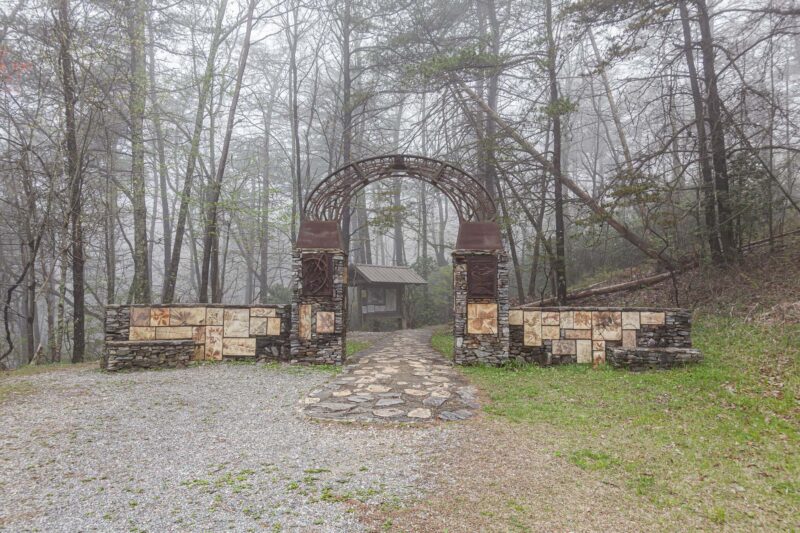
Cheaha State Park
Mount Cheaha is Alabama’s highest point, and it is one of the southernmost locations to find a number of the state’s more interesting breeding birds, …
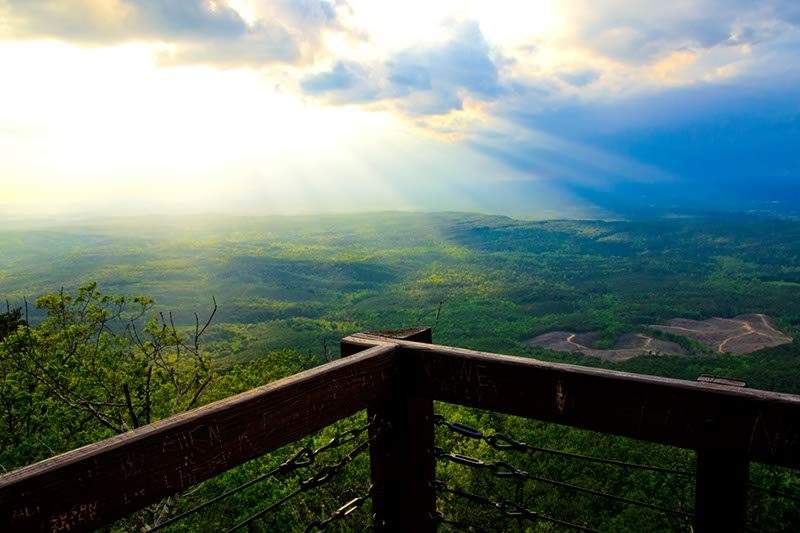
Cheaha State Park — Bald Rock Trail
The Doug Ghee trail, an easy, level, ¼-mile long, handicap-accessible boardwalk, begins just beyond the historic Bald Rock Lodge in the heart of Cheah …
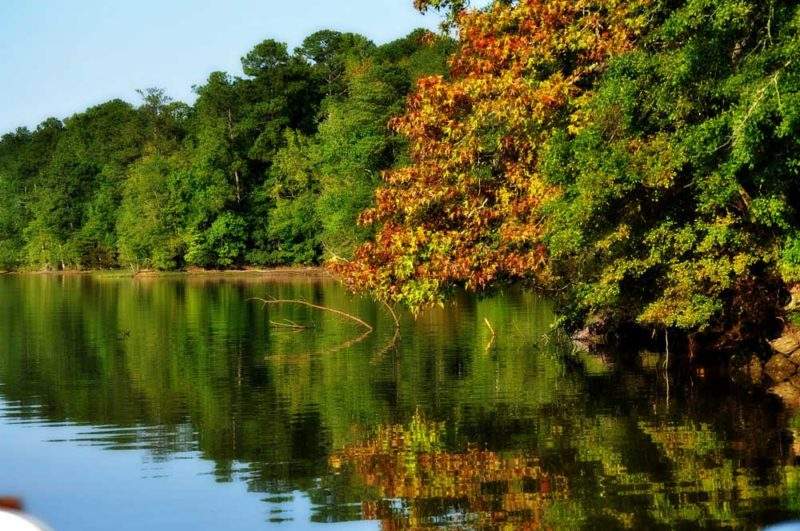
Cherokee Ridge at Lake Martin
Cherokee Ridge has 11 miles of hiking trails, with one skirting the shoreline of Lake Martin for approximately 4 miles. Other areas of the trails are …
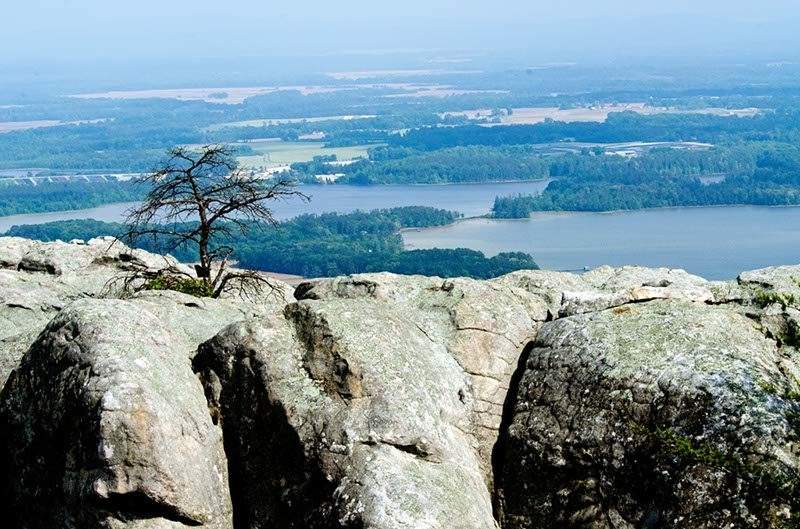
Cherokee Rock Village
The boulder fields at Cherokee Rock Village stand sentinel along an east-facing ridge and overlook Weiss Lake far below. This is an extraordinary loca …
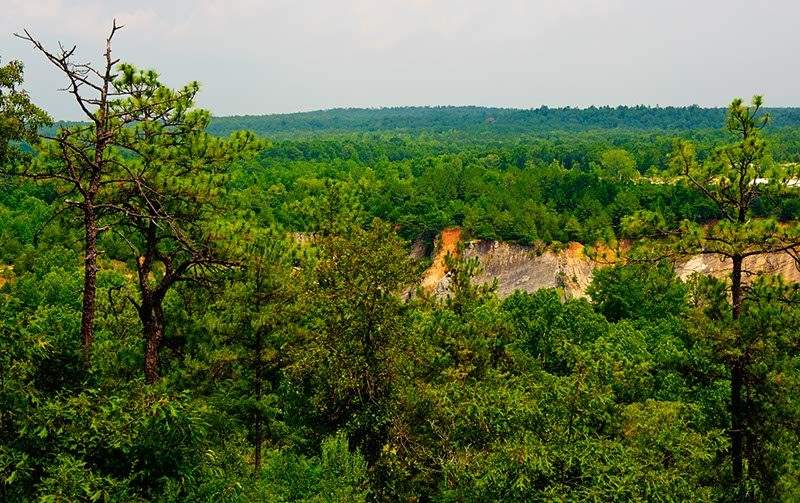
Chewacla State Park
Chewacla State Park’s 696 scenic acres offer a 26-acre lake, swimming area, playgrounds, hiking trails, a modern campground, picnic areas with tables, …
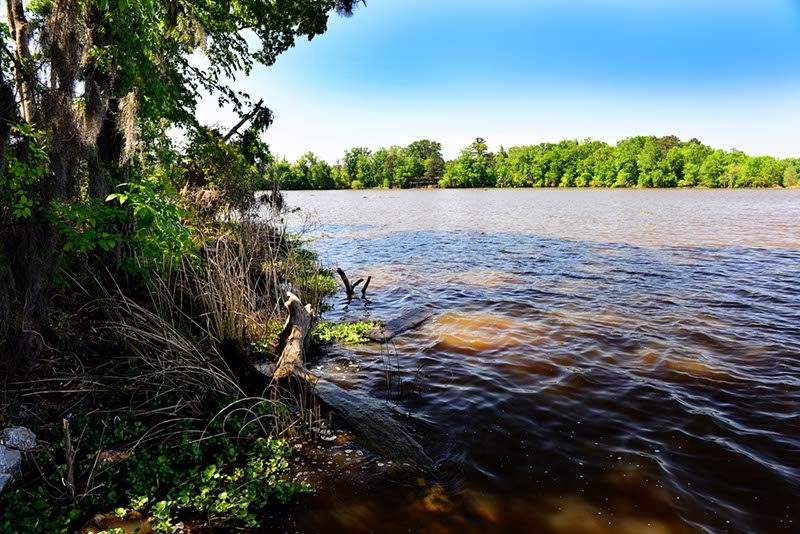
Chilatchee Creek Park
Chilatchee Creek Park is a working campground consisting of mixed mature riparian woods located along the Dannelly Reservoir. You will find many North …
